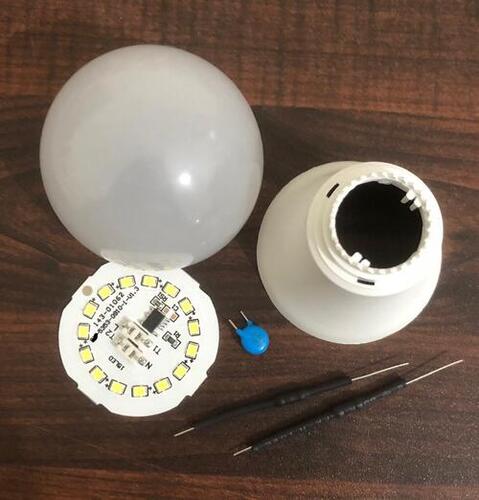Call: 07971550381
LED BULB RAW MATERIAL
Price 20.0 INR/ Number
LED BULB RAW MATERIAL Specification
- Shape
- Round
- Light Color
- Warm White
- Product Type
- LED BULB RAW MATERIAL
- Material
- Polycarbonate
- Application
- Lighting
- Size
- Standard
- Color
- White
LED BULB RAW MATERIAL Trade Information
- Minimum Order Quantity
- 1000 Number
- Payment Terms
- Cash Advance (CA), Cash in Advance (CID)
- Supply Ability
- 500 Per Week
- Delivery Time
- 15 Days
- Main Export Market(s)
- Asia, Australia, Central America, North America, South America, Eastern Europe, Western Europe, Middle East, Africa
- Main Domestic Market
- All India
About LED BULB RAW MATERIAL
FAQs of LED BULB RAW MATERIAL:
Q: What is the shape of the LED Bulb Raw Material?
A: The shape of the LED Bulb Raw Material is Round.Q: What is the light color of the LED Bulb Raw Material?
A: The Light color of the LED Bulb Raw Material is Warm White.Q: What is the material used in making the LED Bulb Raw Material?
A: The Material used to make the LED Bulb Raw Material is Polycarbonate.Q: What is the application of the LED Bulb Raw Material?
A: The Application of the LED Bulb Raw Material is Lighting.Q: What is the size of the LED Bulb Raw Material?
A: The size of the LED Bulb Raw Material is Standard.
Tell us about your requirement

Price:
Quantity
Select Unit
- 50
- 100
- 200
- 250
- 500
- 1000+
Additional detail
Mobile number
Email
 Send Inquiry
Send Inquiry Send Inquiry
Send Inquiry
